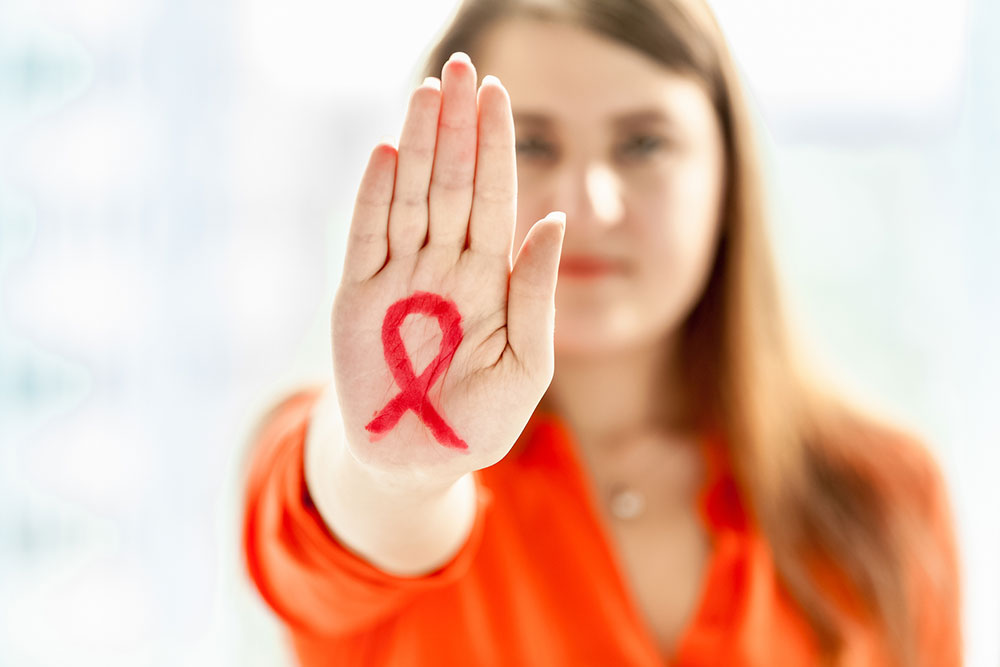
Three myths associated with HIV transmission
Human Immunodeficiency Virus (HIV) is a virus that attacks the immune system of the body. A diagnosis of late-stage HIV infection known as Acquired Immunodeficiency Syndrome (AIDS) is caused by HIV. The condition severely weakens the immune system and if left untreated, can lead to death. A person who is diagnosed with HIV can transmit the condition to another in certain circumstances. When it comes to the transmission of HIV, there are a bunch of myths that are associated with the same. It is essential to know the facts instead of the myths about HIV transmission. This prevents the transmission of HIV and also the misinformation that is spreading across about the same.
Transmission through body fluids
Certain body fluids are capable of containing high concentrations of HIV. These fluids include semen, vaginal and rectal secretions, breast milk, and blood. HIV is transmitted when fluids from a person who has a measurable amount of the virus in their body (HIV-positive) passes directly into the bloodstream or through the cuts, mucous membranes, or open sores of a person who is without HIV (HIV-negative). Spinal cords and amniotic fluids also contain HIV and hence, are at a risk to healthcare personnel who are exposed to the condition. However, other bodily fluids like saliva and tears cannot spread HIV.
Safety in blood banks and organ donations
In the country, the risk of being infected with HIV from a blood transfusion, an organ donation, or using any blood products is extremely rare. The Public Health Service started testing all the blood that has been donated for HIV in 1985 after medical professionals realized that the blood being donated could be a possible source of HIV. In order to ensure the safety of donated blood and organs, more sophisticated tests have been put into place in the 1990s. It is ensured that blood donations that test positive for HIV are discarded safely and do not enter the blood supply. According to the Center for Disease Control and Prevention (CDC), the risk of transmission of HIV during the blood transfusion is estimated conservatively to be 1 in 1.5 million.
The anatomy of transmission
The exposure to HIV can occur during sexual intercourse. Anal sex and vaginal sex have risks of HIV transmission. There have been cases that have been reported of HIV transmission through oral sex. However, it is considered extremely rare compared to transmission during intercourse. Anal sex constitutes the highest risk of transmission among all the sexual activities. This is because of fragile tissues that line the anus and anal canal, it is likely to bleed during anal sex. If bleeding is observed, the virus can enter the body easily. HIV can be transmitted from a woman to child during delivery, pregnancy, and through breastfeeding as well. Any circumstances in which someone is directly exposed to the blood of a person diagnosed with HIV, he/she is at risk. Blood transfusion-related infection can be prevented by following general safety regulations.


